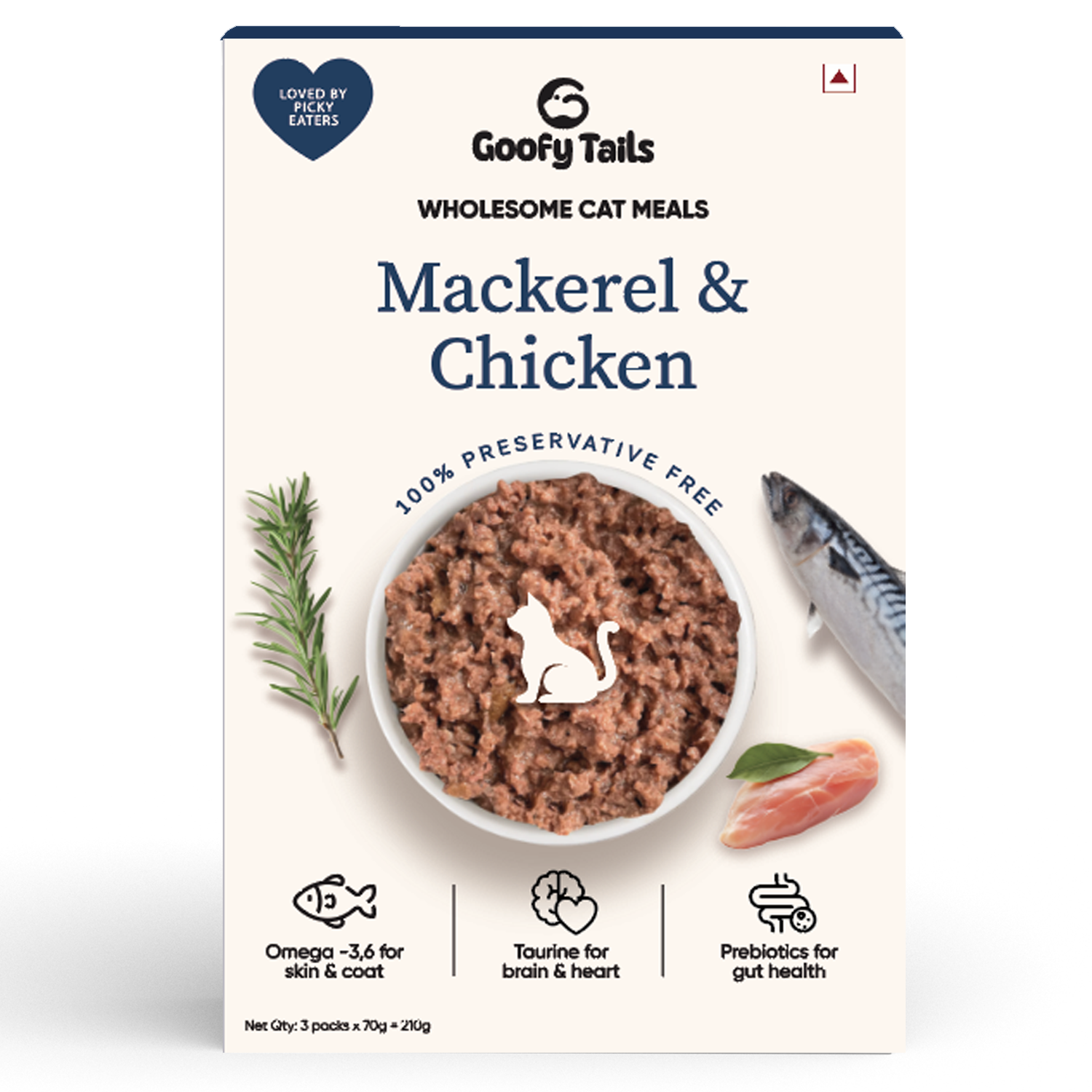Are your pets drinking enough water? What are the signs of dehydration and what you can do about it?
Summers are on in full swing and its as crazy as it can get. From dry and dusty days to sultry, sticky humidity — we have experienced it all. And we take every opportunity to either complain about it or drink lots and lots of chilled water, infused water, sparkling, spring, the list goes on. This time of the year is also very difficult for our fur babies. It may not look like it as they hang their tongues outside and pant adorably but quite often our pets may be dehydrated.

Just like us, our pets need water for essential functions such as digestion, regulating their body temperature and removal of waste. And while we consciously drink water, our pets maybe be prone to doing the same.
So the million dollar question is how much water does a cat or a dog need? Let’s have a look at our canine friends first.
A dog needs 60 milli liters of water for every kilo that he weighs. Let’s work that out with an example : if your dog weighs 10 kgs then he/she needs 0.6 liners of water per day — that is simply more than half a liter. It may sound simple enough but most dogs don’t understand dehydration and simply drink enough water to quench their thirst. Thirst and dehydration are two completely different things. Dehydration is a serious problem that can cause a lot of serious health issues in your fur baby. Now, how do we know when a dog is dehydrated. Here are some of the most common symptoms.
First and foremost is something called skin tenting. Hold your dog and slightly lift the skin to the back of his neck or shoulder and see how it reacts. If it falls/springs back into place quickly means you are good to go. If not, and if his skin remains standing or takes some time to fall back in place, it means that your dog is dehydrated.
Here are some other symptoms:
- Low appetite
- Reduced energy
- Excessive panting
- Dry nose (very visible)
- Dry, sticky gums
- Very thick saliva
- Vomiting

Of course, the first instinct is to take them to a vet and that is the right one. In case of excessive dehydration, your fur baby could be replenished with electrolytes and other minerals. But here are simple ways that you can improve your dog’s hydration.
- Keep a clean fresh bowl of water at all times: This seems like a no brainer but often times, when a water bowl is left for a few hours, it collects dirt and that does not appeal to our canine friends.
- Better yes, get a pet water fountain. Running water is something that animals instinctually gravitate towards. A water fountain will be appealing and increases your pets water intake almost by three times
- If not, keep bowls of water throughout the house or outside. The constant availability of water will help keep them hydrated. Also, make sure that the main bowl is of a good size and preferably a stainless steel bowl.
- Also, make sure the bowl is properly cleaned and scrubbed regularly and refreshed every few hours.
- When you go for a walk, carry a large bottle of water for your pooch too. When you take a sip, slip him some H2O also.
- Wet food: Make sure your dog has a diet that combines good amount of wet food. You can sometimes slip in a little bit of extra water in your dog’s wet food and he/she will lap it up.
- Fruits and veggies as snacks are a great source of water.
Play with a hose and simply pipe some water into his mouth during playtime. (Keep in mind, this is only if your doggo loves water, mine absolutely detests it)

Now let’s talk about our mighty felines. Cats as we all know and love are beautiful proud creatures with peculiar habits. Naturally, their drinking habits too are of a peculiar habit — essentially they are picky drinkers and you won’t even find out if they are dehydrated because of their ability to hide any symptoms of health problems. Research shows that these habits date back to dessert cats who historically were hunters and mostly got their water content from their prey such as mice or other rodents. Modern cats have carried on this habit of being finicky water drinkers and with their food being commercialized and given mostly dry food has put them more in risk of dehydration. A cat typically needs 100 millilitres of water per kg of weight. For example, a cat weighing 5 kgs will need half a litre of water per day approximately.
So now you have to look really closely for any signs of dehydration in your proud little fur ball. Here are a few symptoms:
First is the same as of dogs — tenting of skin (most important, probably a little harder to check in cats)

Lethargy or depression like behaviour
Vomiting
Eyes that have sunken more than usual Panting (it may seem absurd but it is a sign of dehydration when a cat sticks its tongue out and pants for a long period of time)
Less urination
It is very difficult to make your cat hydrate. It is rare to see a cat go to their water bowl and drink some water. But have you ever noticed how cats gravitate towards running water from the faucet or even the toilet bowl. This is because the instinct to go to a running source of water is even higher in a cat. So, what can you do to hydrate your cat?

- Get a water fountain. The running water will attract even the most picky felines. Also, it is clean water that they like because a felines tongue is very sensitive to taste, so clean water from a fountain is the right way to go
- Keep multiple bowls of water and make sure to clean them very often.
- Put ice cubes in the bowl that you have seen your cat drink out of. The bobbing of the ice will pick the interest of your cat and will tempt her/him onto taking in a few laps.
- Make sure to give them ample wet food in their nutrition. This is the best way for them to consume water. This is the best way to almost meet 50-60% of their water needs. Another trick is to simply add a little more water to the wet food.
- Make his/her water flavoured: Just the way we like to drink infused water, flavour your kitty’s water with some broth or chicken stock (without the salt of course).
- Keep a few glasses, mugs around the house with water. It becomes a plaything and encourages your kitty to get more water.
References :
1. About VetriScience Labs. (2013, May 22). Preventing Dehydration in Dogs and Cats.
2. Dehydration in Dogs and Cats. (n.d.). Retrieved from https://www.petassure.com/new-newsletters/dehydration-in-dogs-and-cats/
3. (2018, June 6). Dehydration in Cats. Retrieved from https://www.petmd.com/cat/emergency/common-emergencies/e_ct_dehydration
4.Jason Nicholas, BVetMed (. (n.d.). My Cat Won’t Drink: How Much Water Cats Need & Dehydration Prevention. Retrieved from https://www.preventivevet.com/cats/how-much-water-cats-need-tips-for-preventing-dehydration
5. Levine, K. (2020, March 26). 7 Ways to Keep Your Pet Hydrated and Cool This Summer. Retrieved from https://kristenlevine.com/7-ways-keep-pet-hydrated-cool/
6. Top Dog Tips. (2018, October 26). How to Make a Dog Drink Water (When He Doesn’t Want to). Retrieved from https://www.youtube.com/watch?v=r42shvK6aKE
7. (2020, May 28). Dehydration in Dogs and Cats: How Can You Tell If Your Pet is Getting Enough Water? Retrieved from https://www.petmd.com/dog/dehydration-dogs-and-cats-how-can-you-tell-if-your-pet-getting-enough-water
8. Dehydration In Dogs: Symptoms, Causes, & Treatment. (2019, June 25). Retrieved from https://dogtime.com/dog-health/55047-dehydration-dogs-symptoms-causes-treatment
9. Causes and Symptoms of Pet Dehydration. (2019, April 12). Retrieved from https://www.petwellnessclinics.com/pets-and-dehydration/
10. Dehydration in dogs | HomeAgain Pet Microchip. (n.d.). Retrieved from https://www.homeagain.com/articles/dehydration-in-dogs.html
11.Metcalf, E. M. (2013, August 28). Water and Your Dog’s Health. Retrieved from https://pets.webmd.com/dogs/water-dog-health#1
12. Reisen, J. (2019, July 19). Warning Signs of Dehydration in Dogs. Retrieved from https://www.akc.org/expert-advice/health/warning-signs-dehydration-dogs/








Leave a comment